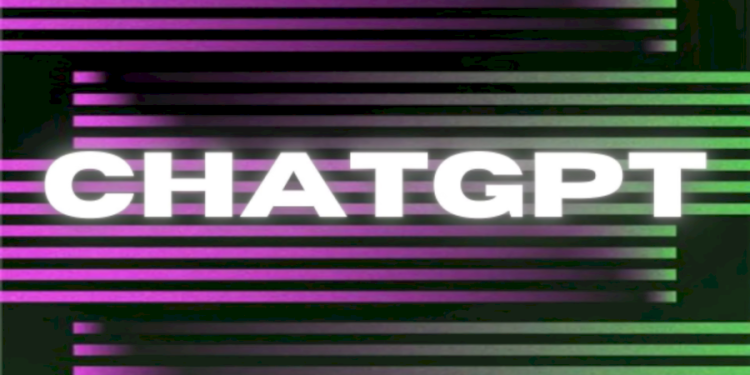By the time you finished reading this article, ChatGPT, a spectacular new offering from OpenAI, will have suffocated you in a sea of content. In the first week after its release, the “greatest chatbot ever developed” amassed a million users, and it appears that everyone of these one million people had something to say about it. I won’t add to the adoring accolades, shocked reactions, or even apocalyptic scenarios; instead, I’ll concentrate on one intriguing feature of ChatGPT: Will Google be ousted and replaced by it? Many spellbound users appear to think so. @mertbio firmly declares that “OpenAI just killed Google” (bit.ly/3hueNF6), while @jdkelly declares that “Google is done” (bit.ly/3PtCj1t). According to some stories, Google even issued a “Code Red” on this. Microsoft, a company that competes with Google, is a significant investor in OpenAI, which uses its Azure platform. Before we discuss whether Sundar Pichai should be experiencing sleep deprivation over it, let’s take a step back and define ChatGPT.
OpenAI’s GPT3 big language model powers the chatbot (LLM). It has 175 billion neural network parameters that were trained on a large body of text (bit.ly/3RbHfbB); GPT4, which is due soon, will have 100 trillion or more! Based on the previous entry or prompt, a language model employs machine learning to anticipate what the following word in a phrase should be. The “most powerful autocomplete technologies in the world” are LLMs.” They consume texts, facts, and dialogue samples voraciously and learn statistical patterns to arrange them in a logical sequence. They conduct their conversations in this manner. However, the majority of them are not designed for “truth”; they are unable to determine whether what they are saying is accurate. The model “strategizes to be believable instead of true,” as one expert put it.”
Additionally, neither do search engines profess to comprehend what they serve up. Their task is to scan the internet and select the search results that seem to be the most pertinent to you using an algorithm. “Presumably” because a pure search engine would carry out that action. However, the economic models that power search also include bought links, sponsored links, and links that have been engineered to appear first—what we prosaically refer to as search engine marketing (SEM) and search engine optimization (SEO). Although ChatGPT can theoretically be used for search, that is not how this particular version has been created. For starters, it is unable to search the internet for the information you need and tell you where it came from because it does not crawl the internet. Second, the literature it was trained on—its knowledge base—expires in 2021. Therefore, it might still believe that Queen Elizabeth II rules over England or that we continue to believe that Russia has never invaded another nation. In a recent tweet (bit.ly/3PA3Z4L), Gary Marcus made fun of the situation and said: “All you have to do (to make ChatGPT operate) is… connect it up to… a…search engine!” That does not necessarily exclude ChatGPT from ever doing so, though. John Schulman, a co-founder of OpenAI, has publicly said that an update, tentatively dubbed WebGPT, may be released in the coming months.
A ChatGPT-like interface that runs on the powerful GPT4, powered by Microsoft’s cloud, and perhaps integrated with its search engine Bing, now that could make Pichai and crew sit up. This is not to suggest that Google is not developing a product along these lines; Google Brain is a world-class AI team, and Google owns DeepMind, which is arguably the strongest deep-learning engine on the market. Google released LaMDA last year, which can essentially perform the same thing as ChatGPT—chat with users about anything and anything. In fact, Blake Lemoine, a Google engineer, said that it was so lifelike that it was sentient and could feel or perceive things. Additionally, Google has declared that it will incorporate LaMDA into its voice assistant, Gmail, Docs, and Drive services. Pichai asserts that the ultimate goal of the project is to “develop a conversational interface that allows people to get any kind of information—text, visual, or audio—across all Google’s products just by asking it to.”









